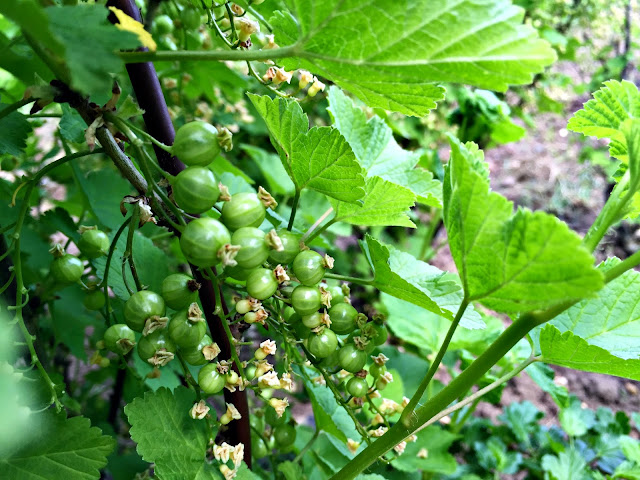As we carefully nurture our seedlings and tend our allotment; guarding against late frosts, regularly potting on, watering and weeding, it always amuses me how bountifully our weeds grow! Left to fend for themselves they are already lush, green and prolific. A few weeks ago I was rejoicing in the availability of nettles, well now it is the turn of Ground Elder.
On the whole, this is considered a pervasive and troublesome garden weed that aggressively out competes most other plants. It is pretty tricky to get rid of once it has established itself and will spread either by seed or by its rhizomes (long, horizontal underground stems). These can spread by as much as a metre a year and are rather brittle. If broken they will easily regrow and generate an even wider spread of ground cover. As it is so tricky to get rid of I reckon that the best solution is to embrace its abundance and eat it!

Flavour wise ground elder is rather tasty and nutritious ( a good source of iron, manganese and vitamin C). Like so much 'wild' vegetation, it works well when used as a spinach substitute, the youngest leaves are also good eaten raw in salad. It has a slight tang and a more aromatic flavour than spinach. Our Monday evening meal this week was 'pie'. We had a fair amount of leftover chicken and plenty of gravy from our roast as well as a couple of pork burgers left from a barbecue on Saturday. With just a couple of leeks and a few handfuls of ground elder these ingredients became a mighty fine pie.
Rough puff pastry is a big favourite with the girls so I tend to opt for this as my pastry of choice for pies. I can usually smuggle all manner of ingredients under the pie lid without too many complaints!
Having lined the pie dish with pastry I use the scraps to make an extra rim around the edge of the dish. This helps to raise the pie lid and gives the pastry more of a puff.

Chicken and Ground Elder pie
(Clean Plates 4/5 - two of the tasters were hesitant about
the ground elder but only when I brought attention to it!)
Filling
Leftover
Cooked Chicken (we usually have a leg and some breast)
2 pork burgers/any
uneaten stuffing (a sausage meat one would be ideal)
2
Leeks
25g
Butter
1
Tbsp Fresh Tarragon
Nutmeg
400ml
– 500ml Gravy (or chicken stock)
1
Tbsp Flour (only if using stock rather than gravy)
150ml
White wine
50ml
Double Cream
Salt
and Pepper
2
Handfuls of Ground Elder
Rough
puff pastry
300g
Plain Flour
150g
Cold Butter
150ml
– 180ml Cold water
Chop
the butter into cubes around 6 mm squared.
Add
the cubed butter to the bowl of flour and toss until all the pieces
are coated with flour.
Gradually
add the water to bring the mixture together into a firm dough.
Tip
onto a well floured work surface, shape into a rectangle and roll in
one direction until you have a rectangle about 2 cm thick.
Fold
the far third towards you and the nearest third over that to create
three layers.
Give
the pastry a quarter turn and then repeat the rolling, folding and
turning process 5 more times.
Wrap
the pastry in cling film and chill in the fridge for at least half an
hour.
Finely
chop the leeks and tarragon and then melt the butter in a saucepan.
Keeping the heat low, gently sweat the leeks until soft.
Strip
the meat from the chicken carcass and break the stuffing into bite
size pieces. Add to the pan with the leeks and a grating of
nutmeg.
If
you are using stock rather than leftover gravy add a tablespoon of
flour to the leeks and meat and cook for 2 minutes.
Pour
in the wine and gravy or stock and allow to simmer for 15 – 20
minutes.
Add
the cream, boil for another couple of minutes then taste and adjust
the seasoning with salt and pepper and maybe a bit more nutmeg.
Remove
from the heat and roughly chop the spinach or seasonal greens. Stir
them into the pie mix and set aside while you roll out the pastry.
Pre-heat the oven to 200C. Divide and roll out the pastry in 2/3 and 1/3
sized pieces to line and top a pie dish. Fill the lined dish with
the filling, top with pastry and crimp the edges all round. Brush
with beaten egg, make three knife slashes in the pastry top to allow
the steam to escape.
Bake
for 35 – 40 minutes until golden brown on top.














